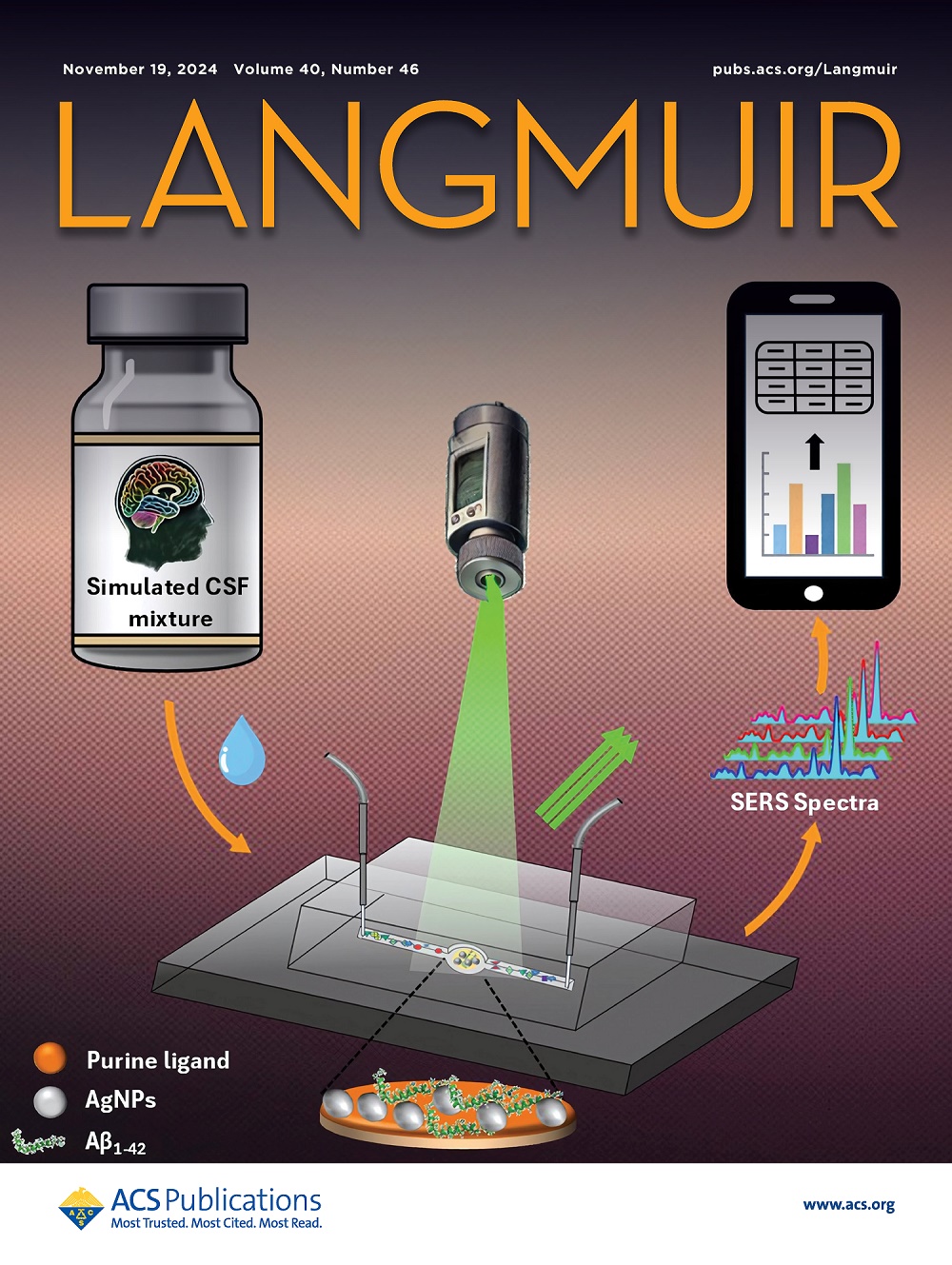嵌入 MoS2@CNT 复合材料的导电碳纤维夹层可通过吸收和催化作用缓解锂硫电池中的多硫化物穿梭现象
IF 3.7
2区 化学
Q2 CHEMISTRY, MULTIDISCIPLINARY
引用次数: 0
摘要
锂硫电池(lsb)因其高能量密度、低成本和环境友好性而成为一种有前途的储能系统。然而,锂多硫化物(LiPSs)的“穿梭效应”导致其容量衰减快,循环稳定性差,阻碍了其进一步的开发和应用。此外,现有的策略很难在保证离子快速传输的同时,为多硫化物提供有效的吸附和催化性能。为了解决这一问题,提出了一种嵌入MoS2@CNT的碳纤维复合膜作为分离器和阴极之间的中间层。结果表明,这种导电中间层能有效捕获LiPSs并催化其转化。组装后的lsb在0.5 C时的初始放电容量为1179.03 mAh/g,在100次循环后的容量仍为1086.33 mAh/g。在长期循环测试中,lsb的放电容量为463.13 mAh/g,在3℃下循环500次后,每循环衰减率为0.07%,与商用电池(0.13%)相比降低了0.06%。这项工作证明了嵌入MoS2@CNT复合材料的碳纤维膜的独立导电层间设计在提高电池性能方面的潜力。该膜不仅可以提供一个有效的导电网络来加速离子的传输,还可以抑制穿梭效应,催化LiPSs的转化,提高电化学反应动力学。本文章由计算机程序翻译,如有差异,请以英文原文为准。

Conductive Carbon Fibrous Interlayer Embedded with MoS2@CNT Composites for Mitigating Polysulfide Shuttling by Absorption and Catalysis in Lithium–Sulfur Batteries
Lithium–sulfur batteries (LSBs) have emerged as promising energy storage systems due to their high energy density, low cost, and environmental friendliness. However, the “shuttle effect” of lithium polysulfides (LiPSs) leads to rapid capacity decay and poor cycle stability in LSBs, hindering further development and application of LSBs. In addition, it is difficult for existing strategies to provide effective adsorption and catalytic properties for polysulfides while simultaneously ensuring rapid ion transport. To address this issue, a composite film made of carbon fibers embedded with MoS2@CNT is proposed as an interlayer between the separator and the cathode. Results show that such a conductive interlayer can effectively capture LiPSs and catalyze their transformation. The as-assembled LSBs deliver an initial discharge-specific capacity of 1179.03 mAh/g at 0.5 C, and a capacity of 1086.33 mAh/g remains after 100 cycles. During long-term cycling tests, the LSBs show discharge capacities of 463.13 mAh/g with a decay rate per cycle of 0.07% after 500 cycles at 3 C, representing a reduction of 0.06% compared to that of commercial batteries (0.13%). This work demonstrates the potential of the independent conductive interlayer design of carbon fibrous films embedded with MoS2@CNT composites for enhancing battery performance. The film can not only provide an efficient conductive network for accelerating ion transport but also suppress the shuttle effect and catalyze the transformation of LiPSs, boosting electrochemical reaction kinetics.
求助全文
通过发布文献求助,成功后即可免费获取论文全文。
去求助
来源期刊

Langmuir
化学-材料科学:综合
CiteScore
6.50
自引率
10.30%
发文量
1464
审稿时长
2.1 months
期刊介绍:
Langmuir is an interdisciplinary journal publishing articles in the following subject categories:
Colloids: surfactants and self-assembly, dispersions, emulsions, foams
Interfaces: adsorption, reactions, films, forces
Biological Interfaces: biocolloids, biomolecular and biomimetic materials
Materials: nano- and mesostructured materials, polymers, gels, liquid crystals
Electrochemistry: interfacial charge transfer, charge transport, electrocatalysis, electrokinetic phenomena, bioelectrochemistry
Devices and Applications: sensors, fluidics, patterning, catalysis, photonic crystals
However, when high-impact, original work is submitted that does not fit within the above categories, decisions to accept or decline such papers will be based on one criteria: What Would Irving Do?
Langmuir ranks #2 in citations out of 136 journals in the category of Physical Chemistry with 113,157 total citations. The journal received an Impact Factor of 4.384*.
This journal is also indexed in the categories of Materials Science (ranked #1) and Multidisciplinary Chemistry (ranked #5).
 求助内容:
求助内容: 应助结果提醒方式:
应助结果提醒方式:


